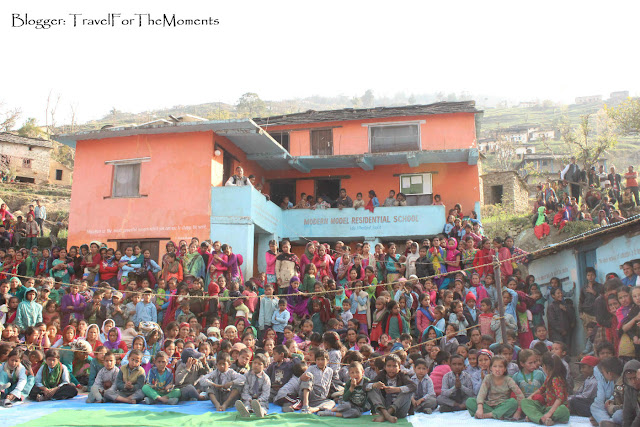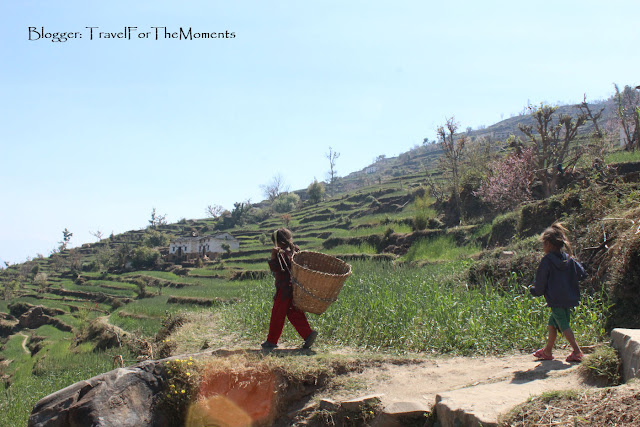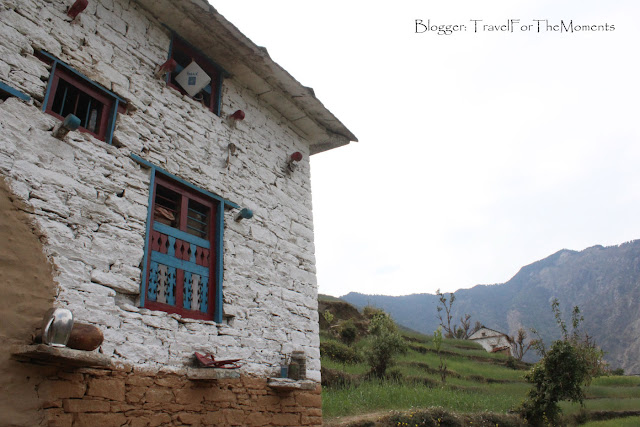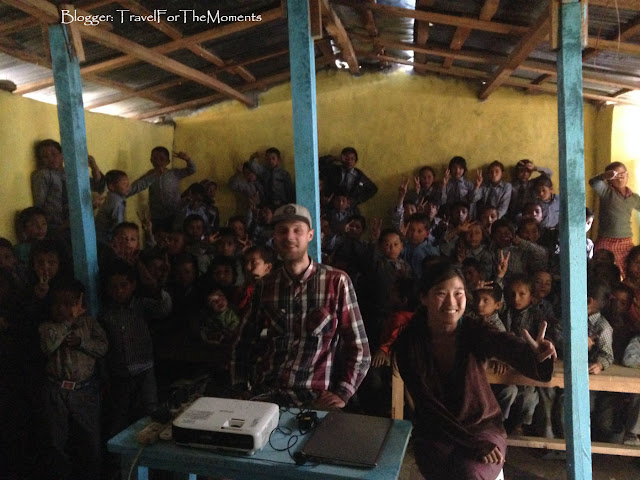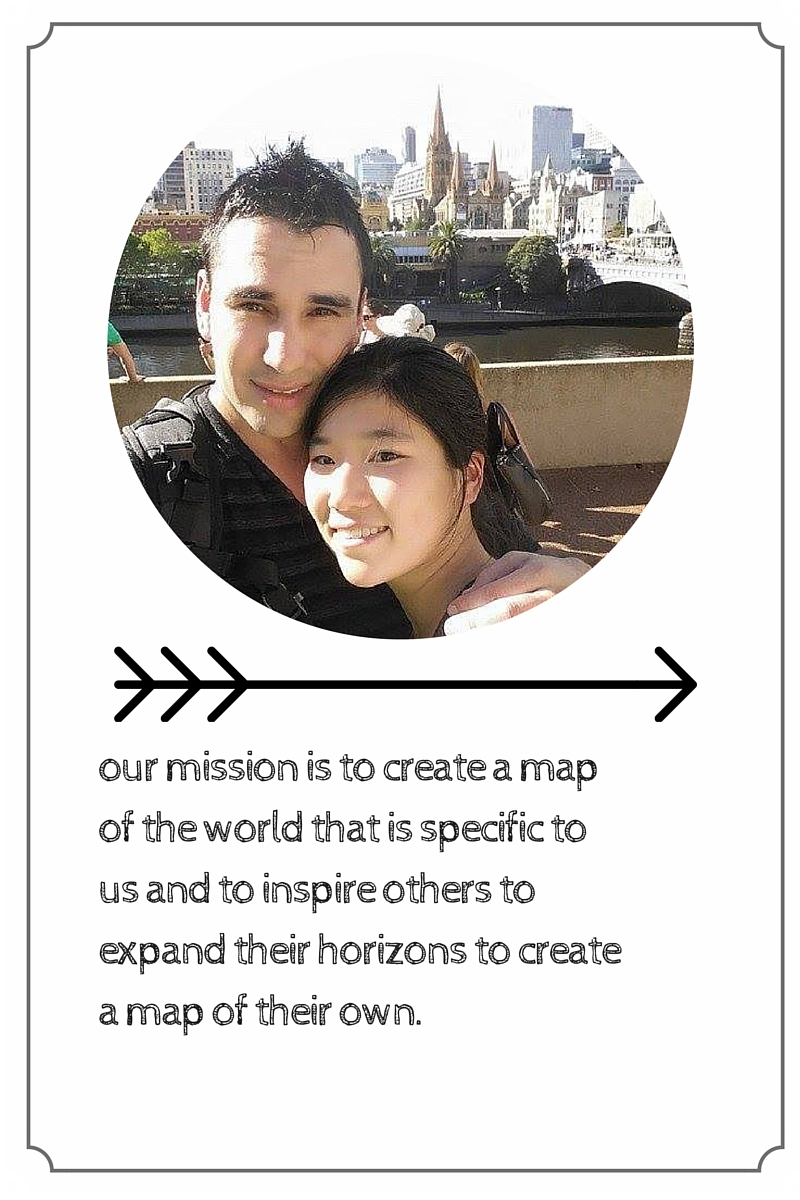I'm guessing that's what people assume when they hear that I have been travelling for the past 16 months. The reality is slightly different from that version of the story, just slightly. Here's all the numbers I have gathered from my travels.
Key1: currencies are marked as AUD (Australia) and USD (United States)
Key2: if you just want to know the numbers look at "summary" tabs (ctrl+F)
PRIOR TO DEPARTURE:
Chris and I have decided to go on a working holiday back in March 2014 while I was still finishing my last semester for my B.A. in Orange County, California. We had a vague plan of arriving in Melbourne, Australia in Feb, 2015 and travel within Australia and through South East Asia (SEA) for a total of six months till August, 2015. Needless to say, it didn't go as planned and we did not arrive home until Jun, 2016.
Regardless, we had about 10 months time to save up prior to departure. I was able to obtain a full time position within two months of graduation along with about $2,000 USD saved up working while studying. Within the eight months I was able to pay off the little bit of student loans I had left ($2,600 USD) and obtained a room in a house for measly ($500 USD) a month. During these 8 months and insane amounts of overtime I was able to save up approx $5,000 USD. I started with $12/ hour and received two raises since then and ended at $16.00/ hour full time. Needless to say, I barely had any social life and I did work a few side gigs during the weekends when they were available. (ask my ex-coworkers, I ate everything they didn't want to save money on food, happily!) Don't get me wrong, you don't have to give up on enjoying life all together, just choose free and fun activities on your free time instead.
When I left the country I had approx $6,000 USD in my name and was later able to receive a tax return of approx $900 USD.
Summary:
- $2,000 USD savings from part time work in school
- $6,000 USD full time savings in 8 months
- $900 USD tax return
- total: approx. $9,000 USD
WHILE IN AUSTRALIA:
We applied for a working holiday visa for our travels in Australia. I talk about what the visa entails
here and also how to find work with this visa
here.
We started our work in Melbourne. I worked in a hotel in Warribee and did fine dining, catering, and room service work. Lots of holding a tray full of beer praying somebody would come take it and pray that I don't spill all over them. Neither of us received enough hours in Melbourne area to stay for long so we worked up to the outback where a couple of friend's friends recently left their work in a truck stop for about two months. I also searched for a second job in town during that time in a cafe. We then traveled up north and settled in a town west of Cairns called the Tablelands at a cafe. Our last stop was in the sunshine coast where I found retail work that paid lovely amounts but did not offer enough hours.
Summary:
- Melbourne - $21 AUD/hr weekday, $29 AUD/hr sunday, total $ 682.64 AUD after tax
- Outback Cunnamulla - truck stop $25.05 AUD/hr weekday, $32.56 AUD/hr Weekend, total $3,202 AUD after tax
- Outback Cunnamulla - $22.52AUD/hr weekday, $27.03 AUD/hr saturday, total $1,444 AUD
- Tablelands -$16/hr flat, I have no record of the earnings but approx $1,500
- Sunshine Coast - $23.73 AUD/hr weekday, $25.63/hr Saturdays, total $1,756 AUD after tax
- Tax return $735
- Total: $9,320+ AUD in 11 months = approx $6,983 USD
Note:AUD has dropped drastically since our arrival in Australia thus my total approximation can vary up to over a thousand dollars in difference.
AFTER AUSTRALIA:
We did not seek employment in SEA since it would take too much time for too little reward. Instead we spent lots of time researching each place we go for the most affordable options during our travel. Our average spending was between $500- $600 USD/ person/ month. I came home with just a little over $1000 USD that was set aside as emergency money. (I can't stress how important it is to have emergency money! keep a certain amount untouched!)
Summary:
- $9,000 USD(savings) + $6,983 USD (earnings) = $15,983 USD
- Came home with $1,000 USD after all spending
- total spending over 16 month period approx $14,983 USD, avg $936/month
HOW I LOOK AT ALL OF THIS:
Australia was the most expensive part of the whole trip, our earnings was barely covering our living plus in country travelling. If we went straight into SEA we would probably be able to live comfortably without working for over 10 months no problem given we do long travels and don't fly much. It is cheaper to be travelling as a couple and I have only accounted my own savings, earnings, and spending. Take all of the above with a grain of salt. I suggest setting a goal and working backwards on how to get there. Checking your income and spending should be one of those steps for sure. You don't need to be a millionaire or have six figure income to travel, in fact I think travelling on a budget has its benefits! To the point where I even wrote a whole blog post about it
here.
Given all that, the point of this post is to really show everyone how travel isn't as hard as one might think. It's just what you wish to prioritize. I know people who save up all year to go to Anime Expo and buy things that they love. I also know people who have started a family young and love to stay local and enjoy family fun. That's all fine and dandy, it's what makes them happy.
If you are anything like me, I'd suggest that you invest in yourself and in your dreams. That's what I did and I don't regret a minute of it. It wasn't all rainbows and butterflies. I had times where I had to work till 11:00pm and wake up to get to work again at 5:00 in the morning or live in a house with missing window panes and holes in the wall in the heart of winter. I also had times where I swam among millions of fishes in a coral garden or glided through an ancient rainforest on a zipline.
"Listen to me: Invest in yourself, you're worth it."
Thanks for taking the time to read my babbles. I'd love to know what motivates you and what you do to invest in yourself! Share with me in the comments below!

